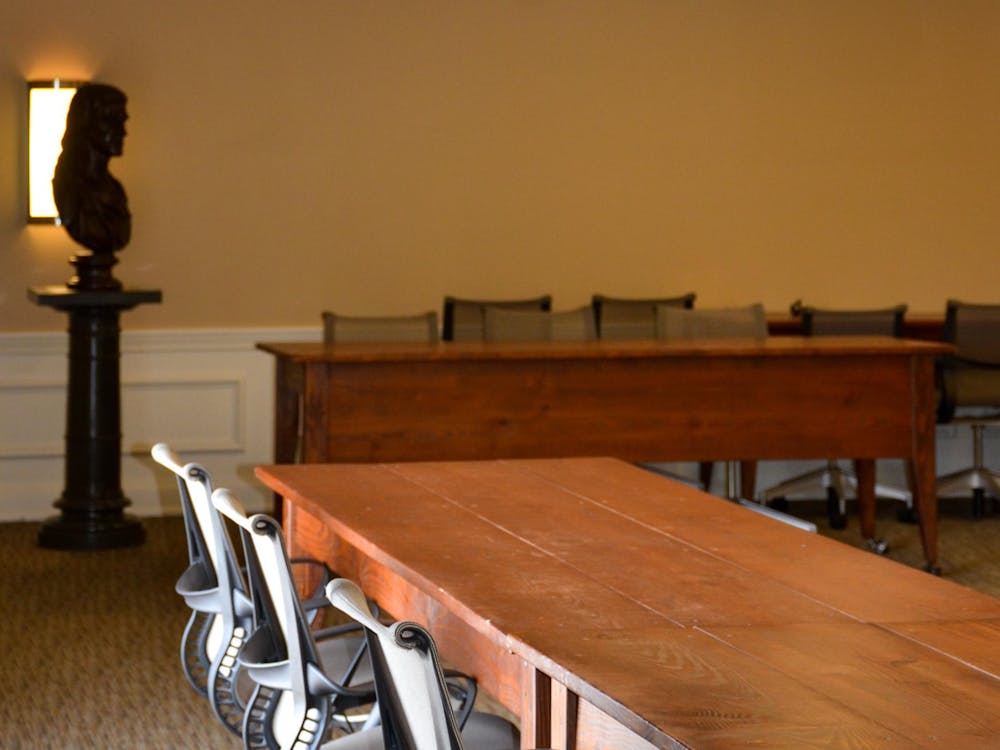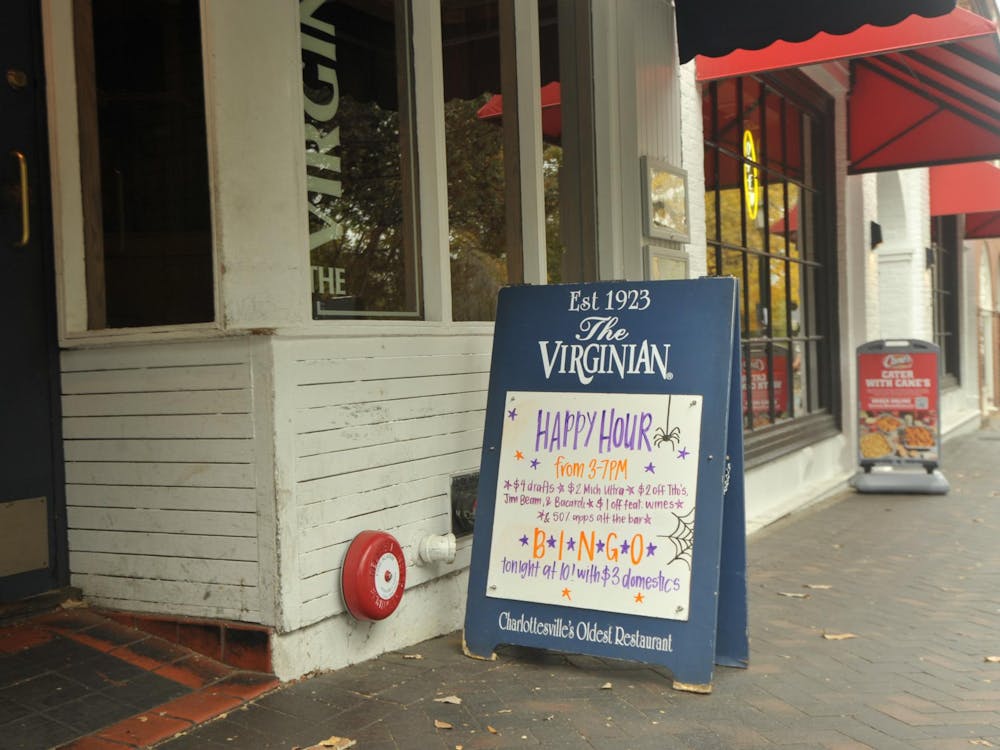The high number of late-night bus riders last weekend indicates that University Transportation System's late-night service has continued to be successful, according to Clayton Powers, Student Council's co-chair for the Student Life Committee.
The program enters its third pilot weekend today.
"We've been very happy with the numbers," Powers said. "We only have had one day that has been slightly sub-par, which was the first Thursday of the whole program. The other five days have been what we had hoped for or better."
Powers said it is not definite as to whether the program will be implemented permanently in the future.
"We have two weeks left of the pilot program," Powers said. "Also, the final cost of the program will be a deciding factor."
First-year College student Turner Hay said he appreciates the late-night busing.
"I like that there is another alternative of getting home safely on weekends between midnight and 3 a.m.," Hay said.
As an alternative to Safe Ride, the late-night bus service provides another venue for students to return home safely, Hay said.
"I was a little confused because it wasn't a regular sized UTS bus, but it definitely beats walking drunk in the middle of the night," Hay added.
Last weekend was the second run of the pilot program. Thursday, there were 236 late-night passengers total, an increase from the 169 passengers of the first weekend. Friday, there were 447 passengers total, an increase from the 332 during week one. Saturday's late night passengers totaled 382, which was up from 358 total during week one.
Powers said the pilot program was more expensive than Council had anticipated.
"We had to get an outside contract and it ended up being three times more expensive than we thought it was going to be," Powers said.
Powers said there are several ways to improve the program before it becomes permanent.
"If we make it a permanent service, it will be less expensive," Powers said. "At the moment, about half the routes have been over-utilized and half under. We need to make it so it will be good for students. We need to make the best of our funds."
Powers said because of the popularity of the late-night busing, money is the only potential obstacle.
"Our only concern is the money issue," Powers said. "By changing the routes and structure of the service in the future, we can probably make up for that and make it a program we will continue."
Powers said the high number of late-night riders is encouraging.
"It is a very variable program," he said. "It is a pilot -- this is why we are doing this now. We can make a whole bunch of changes if we want to continue this in the future. Our average is about 30 people on the bus per hour. That is what we wanted."






